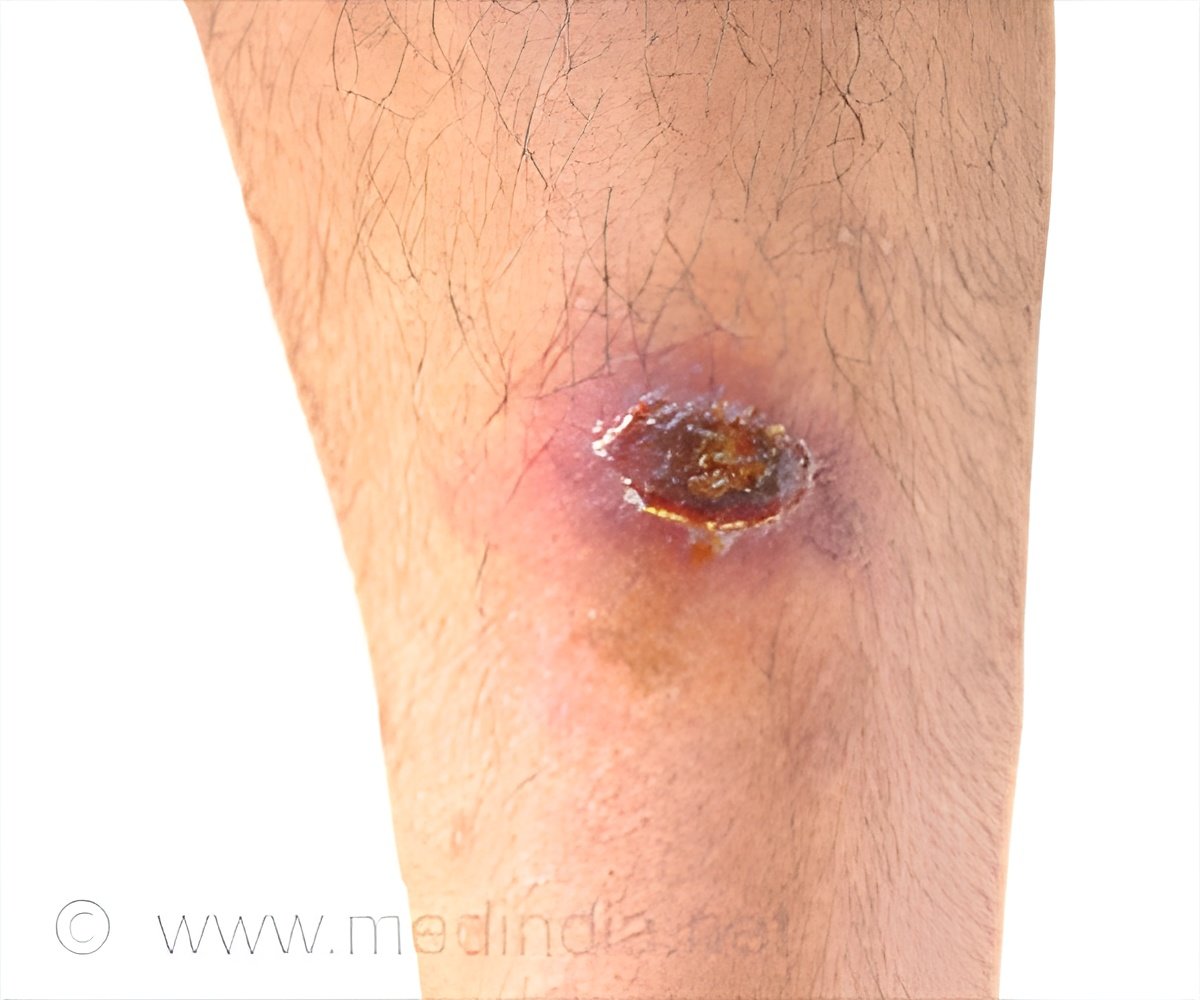
‘Researchers have developed a range of bandages with various layers and different absorption properties and characteristics for proper wound healing.’
Read More..Tweet it Now
By changing the geometry and materials in the bandage, the researchers may be able to fine tune it to suit different types of wounds. The technology could help doctors to monitor wounds more easily and successfully.Read More..
Chronic wounds can be a source of suffering and disability for patients who experience them. Getting such wounds to heal is tricky. One of the most important is moisture levels. Too dry or too wet, both these situations disrupt the healing process.
Issues with healing time have inspired this latest smart bandage, as a way to monitor wound moisture levels non-invasively. The bandages need to be biocompatible, disposable and inexpensive.
So, the researchers applied a conductive polymer called poly(3,4-ethylenedioxythiophene):polystyrene sulfonate (PEDOT:PSS) onto a gauze using a technique called screen printing, and then incorporated the gauze with commercially available bandage materials. The idea is that changes in the moisture level of the wound cause a change in an electrical signal measured by the sensor.
“PEDOT:PSS is an organic semiconducting polymer that can be easily deposited on several substrates as a standard ink,” explained Dr Marta Tessarolo of the University of Bologna, an author on the study. “We also incorporated a cheap, disposable and bandage-compatible RFID tag, similar to those used for clothing security tags, into the textile patch.
Advertisement
To test their bandages, the researchers exposed them to artificial wound exudate, which is the liquid that seeps from wounds, and also tested different bandage materials and shapes. They found that the bandage was highly sensitive, providing drastically different readings between dry, moist and saturated conditions, suggesting it could be a valuable tool in wound management.
Advertisement
However, we will need to further enhance the sensor geometry and determine the proper sensor values for optimal healing before we can apply our technology to various types of wounds.”
Source-Medindia






